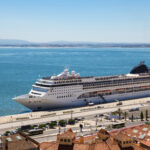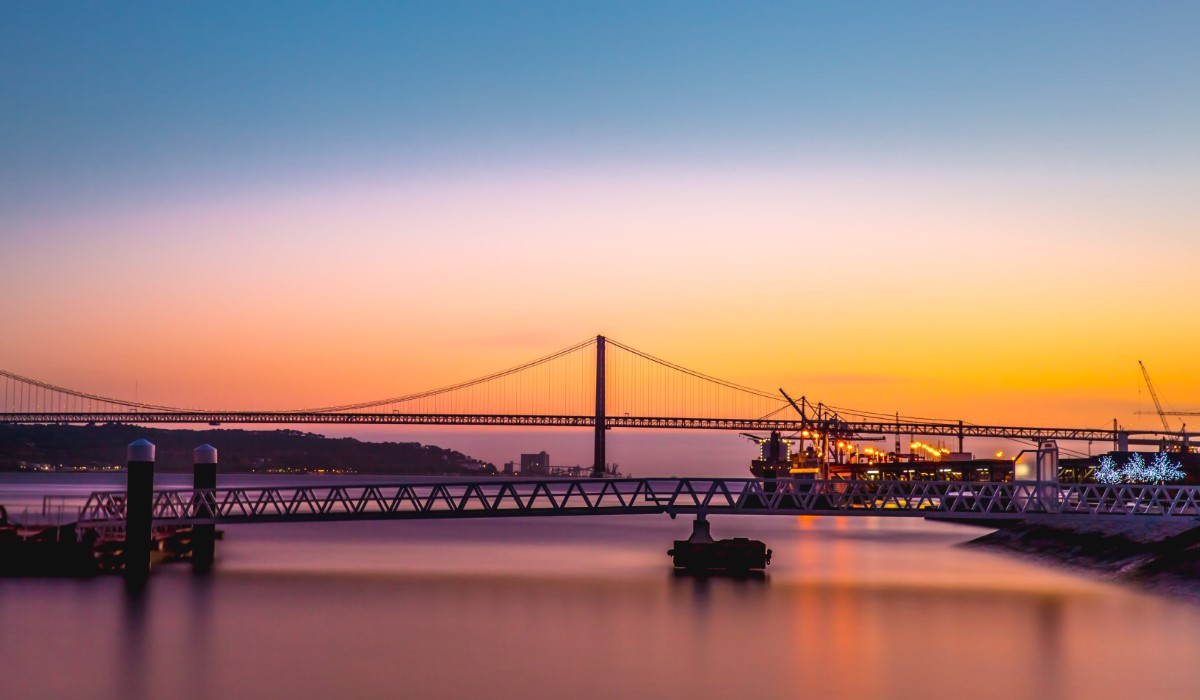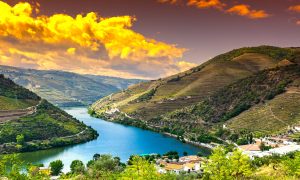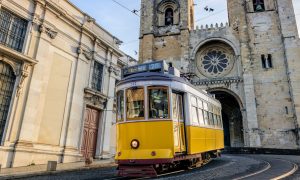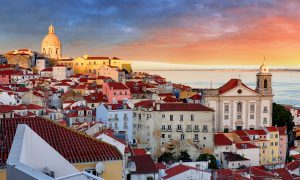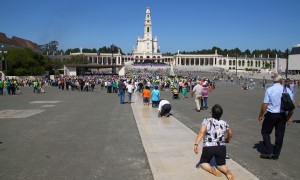Exploring Lisbon: Top 5 Must-Visit Destinations in 2024
Introduction
Lisbon, Portugal’s sun-drenched capital, is a city of timeless charm, blending traditional heritage with modern dynamism. From its historic quarters and monumental aqueducts to panoramic viewpoints and vibrant cultural districts, Lisbon offers an array of experiences for every visitor. In 2024, immerse yourself in the city’s unique attractions with this curated list of five must-visit places that embody the essence of Lisbon. Each destination provides a deep dive into the city’s rich history, lively culture, and stunning aesthetics, making them perfect stops on your Lisbon itinerary.
1. Park Eduardo VII
A Grand Gateway to Lisbon’s Beauty
Named after Britain’s King Edward VII who visited Lisbon in 1903 to reinforce the Anglo-Portuguese alliance, Park Eduardo VII is the largest park in central Lisbon. Situated at the end of Avenida da Liberdade, near the Marquês de Pombal Square, this park offers a stunning vista of downtown Lisbon stretching out towards the Tagus River.
Floral Arrangements and Cultural Events
The park’s neatly clipped box hedges and colorful flower beds are a visual delight, especially from the viewpoint at the top of the park’s slope, which provides a panoramic sweep of the Lisbon skyline. Notable features include the greenhouse (Estufa Fria), filled with exotic plants, streams, and waterfalls, and the annual book fair held in the park, which is a major event for book lovers.
Historical Significance
The park has been a centerpiece for various cultural and political events throughout Lisbon’s history, reflecting the city’s evolving social and cultural landscape.
2. Lisbon Aqueduct
An Engineering Marvel of the 18th Century
The Águas Livres Aqueduct, a remarkable example of 18th-century engineering, spans across the Alcântara Valley. Constructed to solve Lisbon’s water shortage issues, it is not only a testament to historical architectural prowess but also a crucial development in the public health landscape of Lisbon.
Architectural Design and Survival
Designed by the Hungarian architect Canevari and completed by others, including renowned military architect Manuel da Maia, the aqueduct survived the infamous 1755 earthquake, standing as a resilient symbol of Lisbon’s endurance. The arches offer a majestic view, and the structure’s survival through historical calamities speaks volumes about its construction.
Visit and Experience
Part of the aqueduct is open for visits, providing a unique perspective on Lisbon’s history and a panoramic view of the city from atop its grand arches.
3. Alfama Jewish Quarter
Delving into the Historical Labyrinth
Alfama, the oldest district of Lisbon, was once a flourishing Jewish quarter until the Jewish community was expelled in the late 15th century. Today, Alfama reflects a blend of its rich Jewish heritage and the traditional Portuguese culture with its narrow streets, ancient houses, and vibrant Fado music scene.
Cultural Resurgence and Exploration
Visitors can explore the remnants of medieval synagogues, hidden cultural artifacts, and traces of old Jewish businesses that whisper stories of a once-thriving ethnic community. The district’s steep, cobblestone streets and alleys offer intimate glimpses into the private courtyards and picturesque corners of Lisbon.
Significance and Activities
The quarter is also famous for its small taverns and Fado houses, where the soulful sounds of Portuguese guitar and melancholic singers bring the historic alleyways to life during the evening.
4. Cristo Rei Viewpoint
Iconic Views from Across the Tagus
Standing on the southern banks of the Tagus River, the Cristo Rei statue is more than just a religious symbol; it is a hallmark of Lisbon’s skyline. Inspired by the Christ the Redeemer statue in Rio de Janeiro, Brazil, it was inaugurated in 1959 to express gratitude for Portugal’s avoidance of the worst of World War II.
Panoramic Splendor
The platform at the base of the statue offers unrivaled views of the entire city of Lisbon, the 25 de Abril Bridge, and the shimmering waters of the Tagus River, making it a favored spot for photographers and sightseers alike.
Spiritual and Cultural Importance
Aside from the stunning views, the site provides a serene space for reflection and is a significant landmark in Lisbon’s religious and cultural landscape.
5. Chiado District
The Beating Heart of Lisbon’s Culture
Chiado, a chic and vibrant district, is Lisbon’s cultural heartbeat, with its blend of old charm and contemporary life. Known for its literary past, elegant cafés, and fashionable boutiques, Chiado is a meeting place for artists, intellectuals, and visitors.
Historical Shops and Theatres
The district is
home to the famed A Brasileira café, historic shops like Bertrand’s Bookstore (considered the world’s oldest operating bookstore), and cultural institutions such as the São Carlos National Theatre.
Lively Atmosphere and Artistic Offerings
Strolling through Chiado, visitors can enjoy street performers, browse art galleries, and experience the lively atmosphere that makes this district a microcosm of Lisbon’s artistic legacy.

Gonzalo
Founder/Owner of The Lisbon Guide, one of the major blog references in Portugal, established in 2014 and receiving every year 250.000 visitors from all over the world, looking to provide the best experiences in Portugal. In partnership with Portugal Magik for all private tours and transfers across Portugal, Gonzalo loves a good seafood meal at Monte Mar Cascais, and all from Michelin Chef Avillez. Favorite Hotel in Lisbon/Portugal, Penha Longa Resort by Ritz Carlton.
For over 15 years, Gonzalo have been helping thousands of travelers yearly to plan a perfect trip to Portugal. Based in Lisbon/Cascais and working in this field for over 20 years, with multiple ongoing projects. Also an avid TripAdvisor user level 6 with more than 300.000 readers worldwide.
Many years working also as a Private Guide of Lisbon, Sintra, Fatima, Porto, Douro Valley, Evora, and other locations in Portugal.

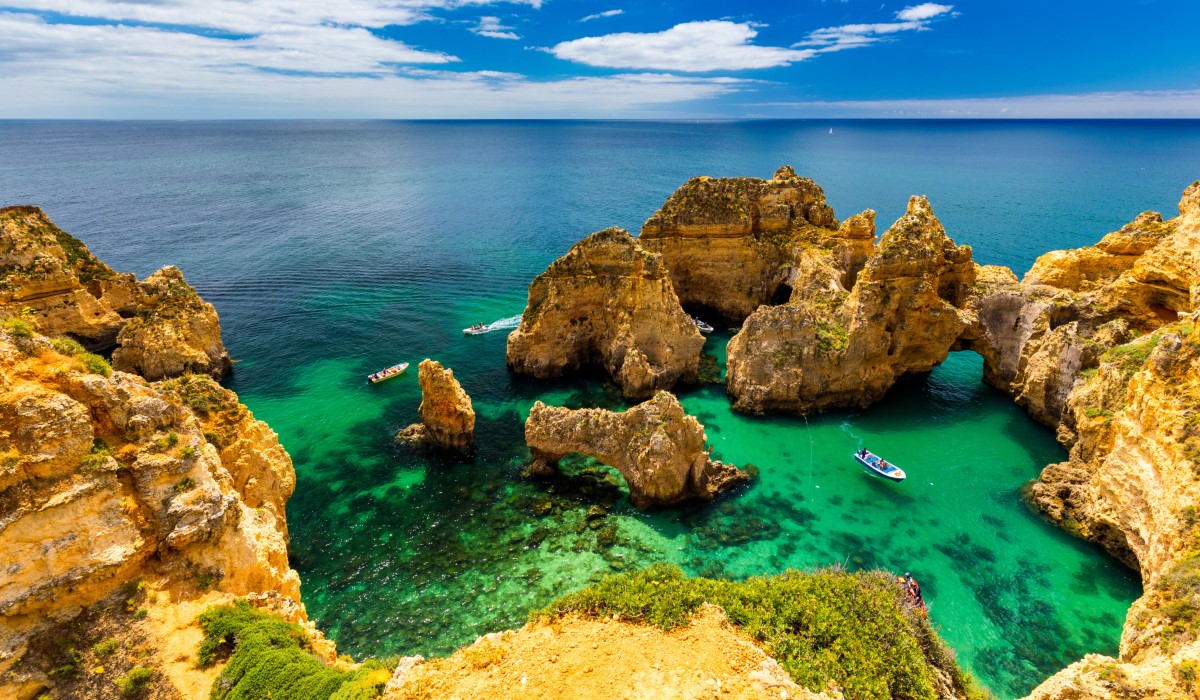
![[MUST READ] Lisbon Best ViewPoints Revealed [MUST READ] Lisbon Best ViewPoints Revealed](https://lisbonguide.org/wp-content/plugins/contextual-related-posts/default.png)

